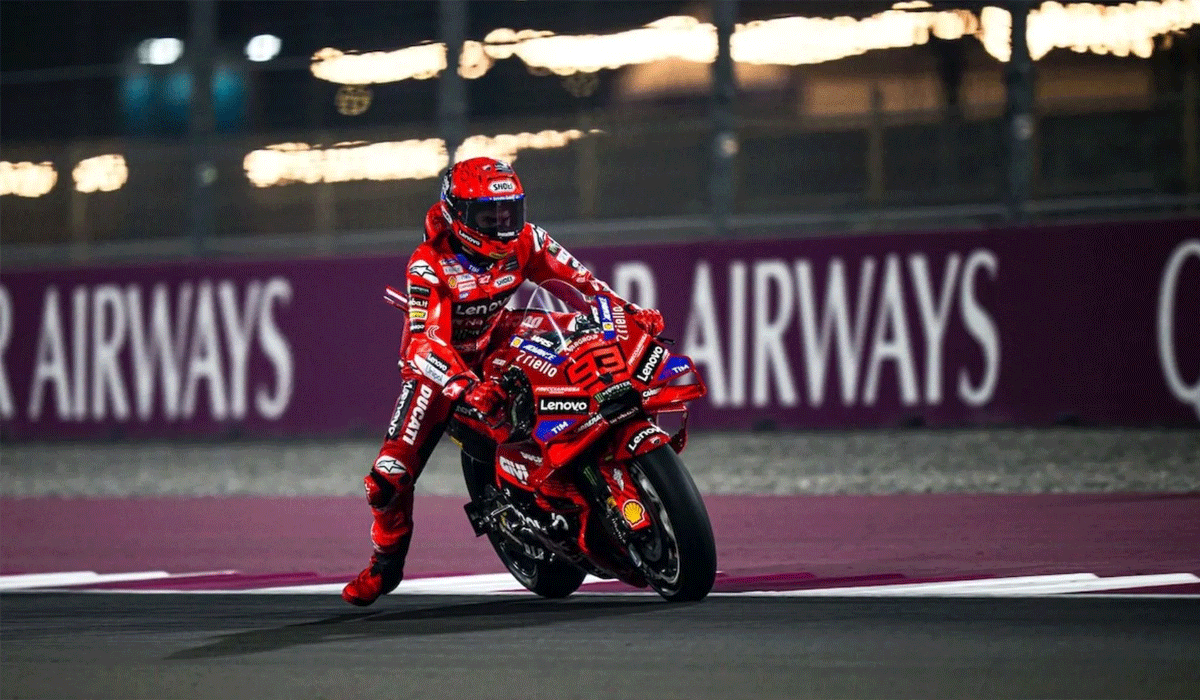MotoGP isn’t just the ultimate platform for speed; it’s also a showcase for continuous innovation in motorcycle technology.

From powerful engines to sleek aerodynamics and advanced electronics, the evolution of MotoGP bikes has reshaped racing strategy and rider performance. Below Your Tech & Lifestyle Hub we explore the incredible advancements of MotoGP bikes and the technology that makes them faster, smarter, and safer.
The Early Days of MotoGP Bikes
In the early years of MotoGP, during the 1950s and 1960s, racing bikes were simple machines with small engines ranging from 125cc to 500cc. Riders relied heavily on their skill, as the bikes lacked advanced suspension and performance enhancements. Racing was as much about human courage as mechanical capability.
The evolution meant bikes were not only faster but more stable and reliable. Additionally, MotoGP regulations encouraged innovation. Rules limiting engine capacity and bike weight forced manufacturers to find creative solutions to enhance performance. This led to new technologies that eventually became standard in modern racing.
Engine Power and Performance Upgrades
Engine technology is the heart of MotoGP evolution. Today, bikes use 4-stroke engines up to 1000cc, generating over 250 horsepower. This allows bikes to hit speeds of more than 350 km/h on straight stretches, pushing the limits of both rider and machine. Modern electronics, like traction control, launch control, and quick-shifters, optimize engine output.
Riders can manage acceleration more smoothly through corners without losing control, allowing for faster lap times while maintaining safety. Lightweight materials and advanced cooling systems also ensure engines perform consistently during long races.
Aerodynamics and Bike Design Innovations
Aerodynamics plays a crucial role in reducing air resistance and increasing speed. MotoGP bikes now feature computer-designed fairings and wind-tunnel-tested winglets to improve downforce and stability during high-speed turns.Riding positions have evolved as well. Riders lean forward in a more aerodynamic posture, reducing drag and boosting performance.
These adjustments allow bikes to respond quickly to rider inputs across complex tracks. Safety is another focus. Carbon and composite materials in fairings and frames make bikes lightweight yet highly durable. This combination enables riders to race aggressively without compromising protection.
Read Also:From Workout to Recovery How Athletes Maximize Performance Every Day
Advanced Electronics and Smart Data

Today, MotoGP bikes are packed with electronics that monitor performance in real time. Sensors track everything from tire pressure to engine torque, sending data to technical teams for strategic decisions. Software allows riders to adjust engine modes, traction control, and braking systems based on track conditions.
This adaptability improves performance and helps riders tackle varying track surfaces effectively. Data analytics is also vital for strategy, informing teams about optimal pit stops and tire adjustments. Modern racing is no longer just about speed it’s a sophisticated partnership between human skill and smart machines.
The Future of MotoGP Technology
The evolution of MotoGP shows that racing is about more than just speed. Advanced engines, aerodynamic design, electronics, and data-driven strategies all combine to create faster, safer, and smarter bikes. These innovations push both machines and riders to their limits, enhancing competition and entertainment for fans worldwide.
MotoGP continues to be a testbed for new technologies that influence the entire motorcycle industry. With constant development, the sport proves that modern racing is the perfect blend of human skill, cutting-edge technology, and daring innovation, inspiring a new generation of riders and engineers alike.
Thank you for taking the time to follow the evolution of motorcycles and technology in Your Tech & Lifestyle Hub
Image source :
- First image from https: //www.news.gp/
- Second image from https://avgust-print.com/